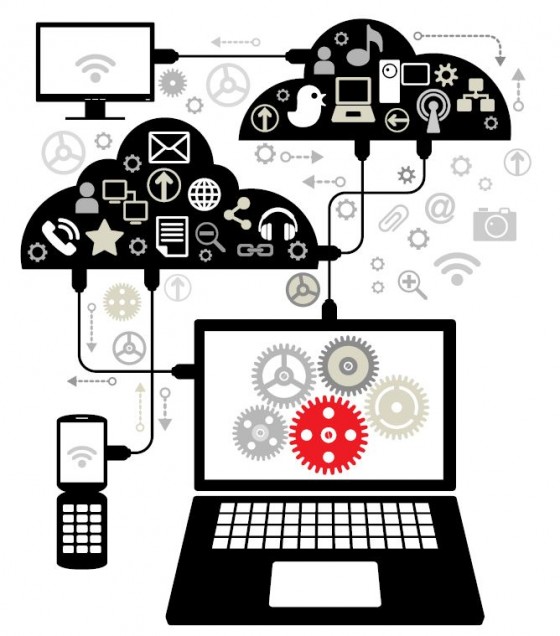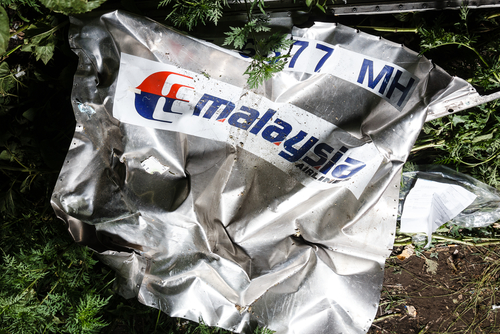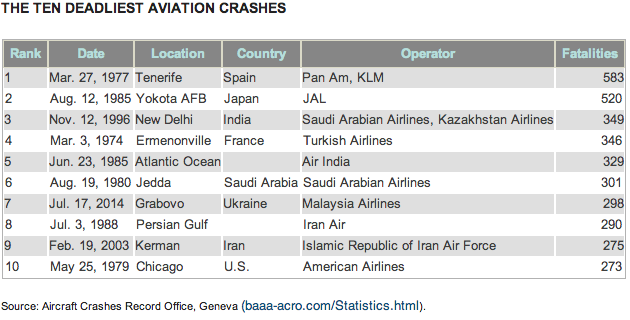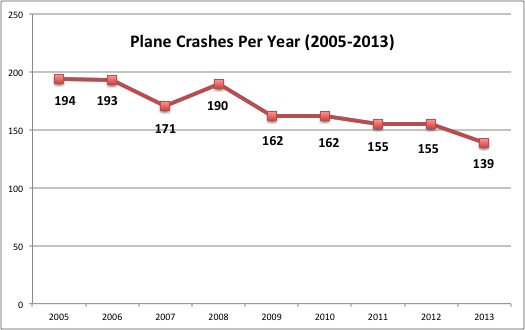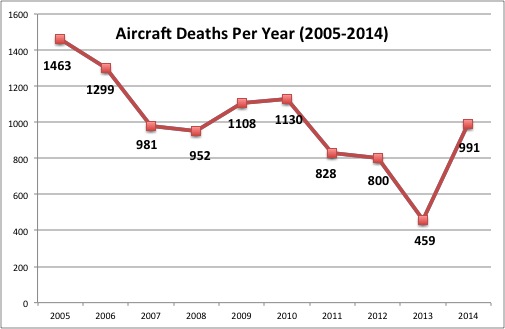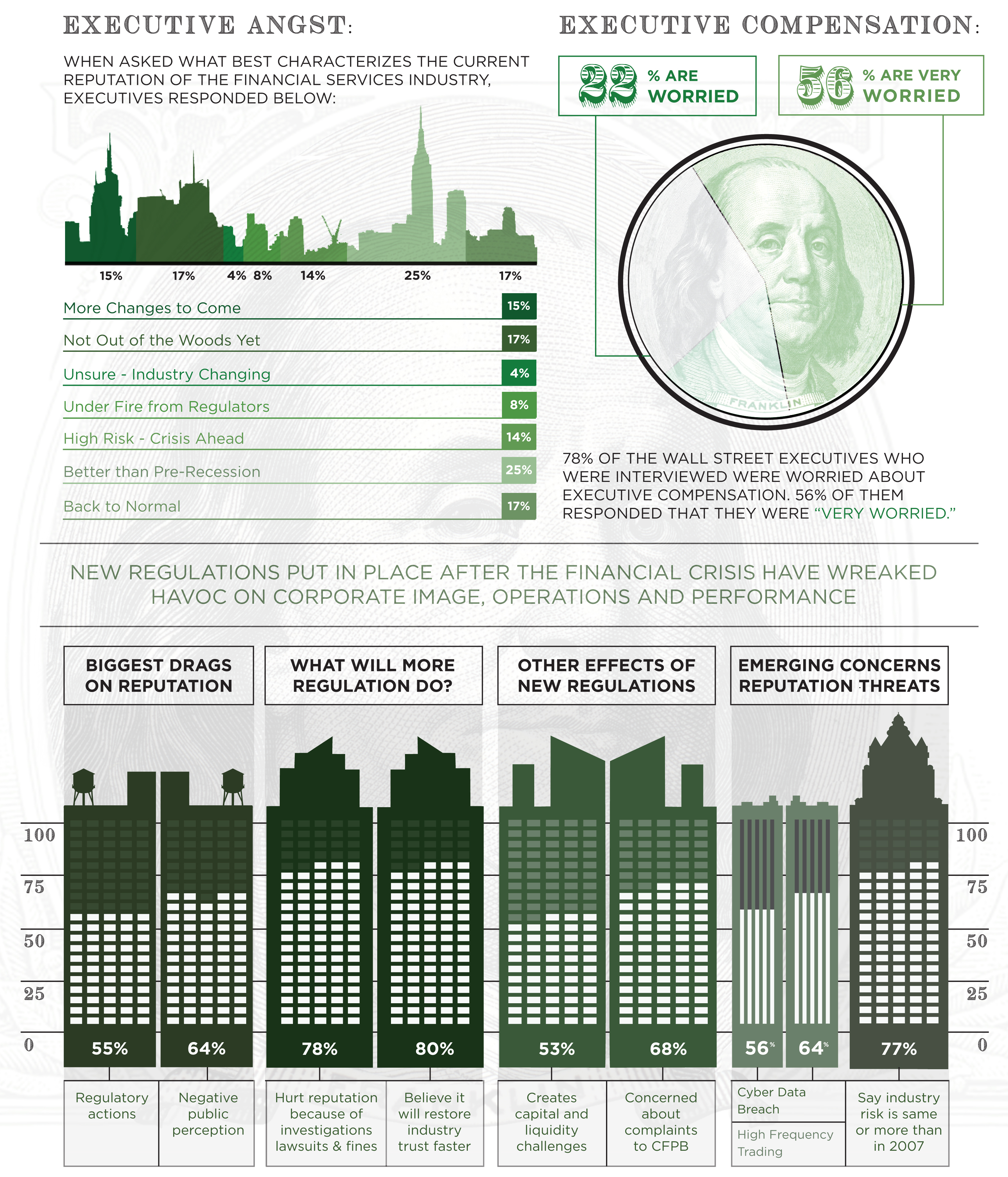Social media is now a standard communications tool for businesses, with many companies regularly using Facebook, Twitter and other social networks to engage with the public. More and more businesses are hiring social media specialists whose sole responsibility is to be the company’s “voice” on these platforms. But this activity comes with risk for both the organization and the individual. The potential for any posting to be retweeted, shared or even go viral underscores the need to be aware of the rising legal risks associated with your business’s social media accounts.
Potential Defamation Lawsuits
The first tip for anyone engaged in social media on behalf of their business or employer is obvious, but not always followed—think before you post. Even if the tweet or post contains an unintended error and is deleted immediately, postings can still be pulled and reposted or retweeted by others. Once something is out there on social media, however, you’ll need to deal with the consequences. Although the laws surrounding social media are still developing, it is possible for a business to be hit with an expensive defamation suit based on a single posting or comment.
Since most posts on social media pages are generally shorter than what a business normally has the space to say in a traditional publication, sales pitch or marketing brochure, the lack of context can present a greater risk of defaming someone or another business. Think about it like this: If a customer comments on a business’s Facebook page asking about one of their competitors, an employee might reply that the competitor provides “untrustworthy service” without much context or explanation to back up that claim. Just those two words have the potential to spiral into a defamation suit if the competitor feels the comment was untrue and harmed their reputation. Since most online statements are brief, it would be more difficult in court for the person posting the comment to prove that he or she is entitled to the same legal defenses available to a traditional publication, even if the post was true or was an opinion rather than a statement. To minimize defamation lawsuit potential, every comment, posting, tweet or retweet should be completely factual and have a positive tone. It is not always possible to check every post before it is published, but anything potentially controversial should be read by another pair of eyes before clicking ”submit.”
Personal versus Professional
Another still-developing area of social media regulation is the distinction between personal and professional profiles or accounts. Businesses are legally accountable for anything tweeted, blogged, or posted on the company’s social media accounts. But this is where it gets complicated; it is possible for a company to also be held responsible for what an employee posts on their personal accounts, especially if it’s not clear to the reader whether they are speaking on behalf of the company or only for themselves. Here’s an example: An employee who works in the food industry posts a photo to his Twitter account of himself handling food in an unsanitary way. Even though the employee may have meant it as a private joke for his followers, any customer who sees the photo could sue that business for lack of training and unsanitary conditions.
To proactively prevent this type of situation, it is important for employers to have a social media policy outlined in their employee handbook. Depending on the business and applicable law, it may also be beneficial to establish upfront that employees’ public social media accounts may be monitored. It is also worth considering a handbook policy stating that any work-related posts on an employee’s private social media accounts are not allowed, and the violation of this policy could result in termination. Some organizations require employees who have personal Twitter or Facebook accounts to post a disclaimer in their “about me” section saying something along the lines of, “I work for X Company, but all posts reflect my personal views only.” This can potentially protect both the employee and employer should a lawsuit arise, but it is not a failsafe.
The rise of social media is bringing significant benefits to businesses, but they also need to be aware of potential legal pitfalls. As the laws regulating social media continue to develop, smart business owners and managers should be prepared to implement appropriate safeguards and policies to ensure that their business can sustain a 140 character mishap, should one occur.
To protect themselves from any potential lawsuits, companies should have adequate insurance coverage in place to address social media activities. Since most commercial general liability policies do not cover online content, it’s important to truly understand what activities your policy covers.

